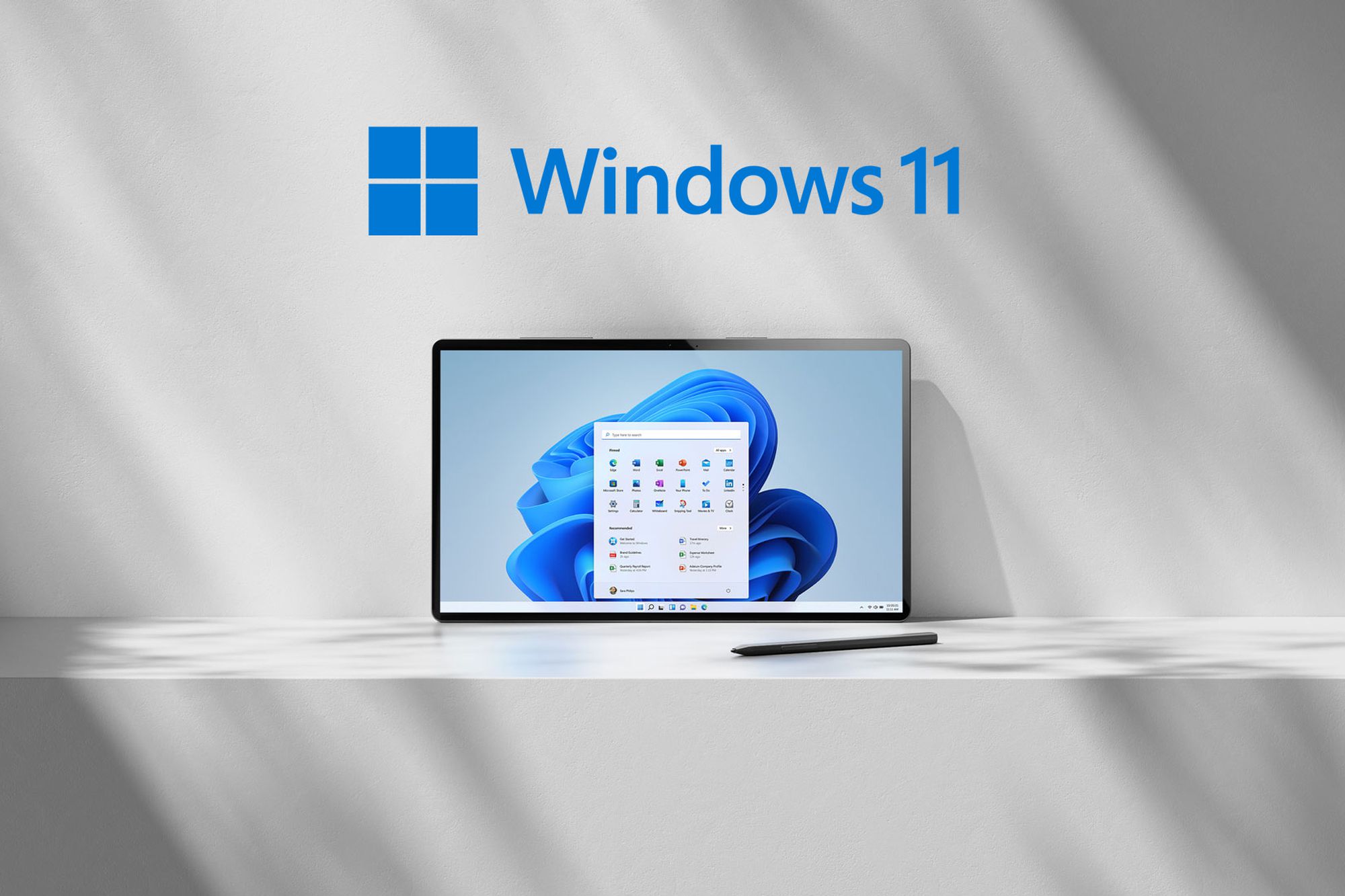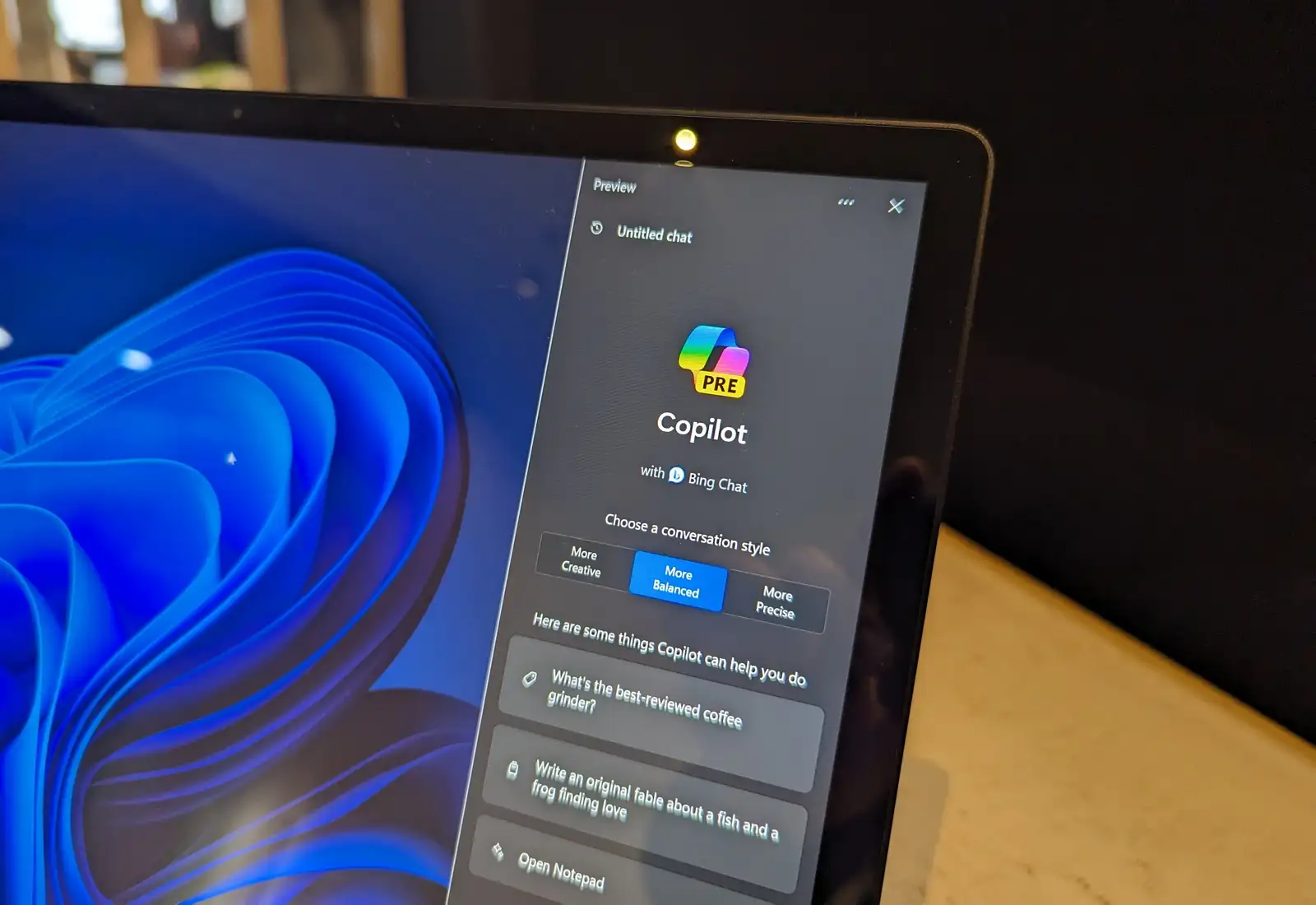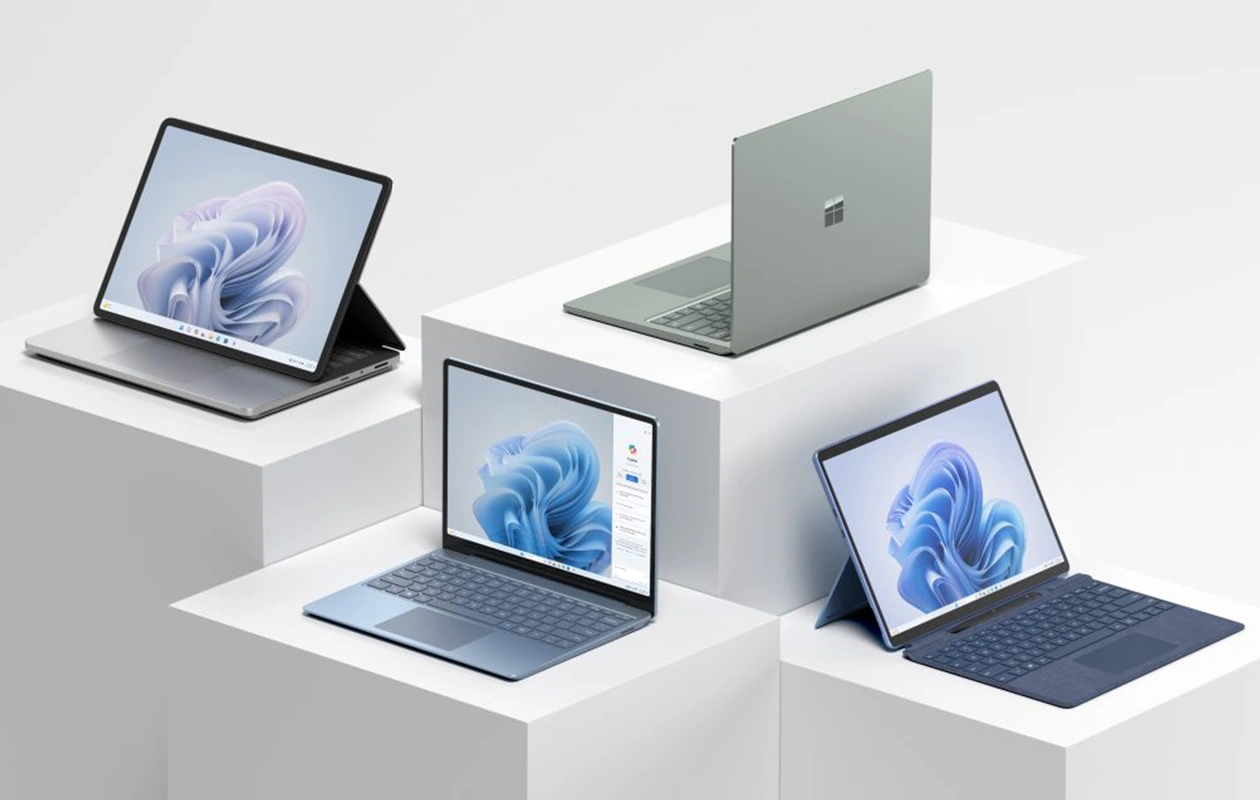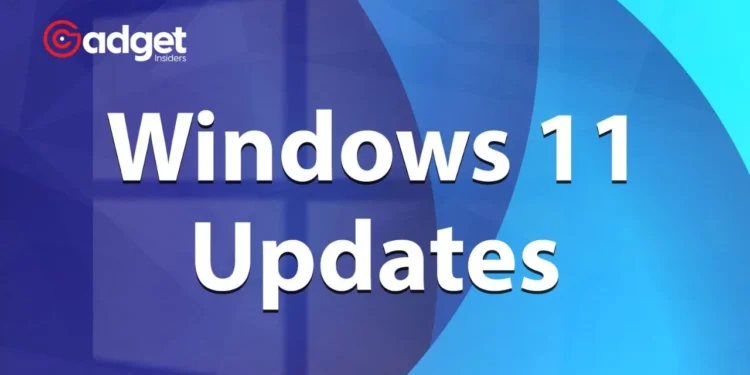The anticipation surrounding the latest Windows 11 update has been brewing for some time. Slated for release in the latter half of 2024, the upcoming version, dubbed Windows 11 version 24H2, promises to usher in significant enhancements and innovative features, particularly in AI capabilities and ARM device performance.
Despite expectations for a transition to Windows 12, Microsoft continues with Windows 11, refining its approach to a more unified and robust operating system.

Windows 11: Continual Evolution and Innovation
Windows 11, regarded as one of Microsoft’s most successful operating systems, continues to evolve with its upcoming 2024 update. This version is not merely another routine update but is anticipated to be one of the most substantial upgrades since the OS’s inception.
Notably, the update will incorporate advanced AI features and significant improvements tailored for ARM devices, specifically optimized for the new Qualcomm Snapdragon X Elite chipset.
As the launch approaches, scheduled for around September 2024, the buzz grows louder among Windows enthusiasts. This update follows Microsoft’s established pattern of annual releases, a strategy that maintains the freshness of the OS while integrating cutting-edge technology and user-centric enhancements.

What’s New in Windows 11 2024 Update?
Enhanced AI Integration and Capabilities
In recent developments, AI has taken a central role in the evolution of Windows 11. The upcoming update is expected to expand on this, with improvements to the Microsoft Copilot functionality.
The new AI features aim to provide more contextual assistance across applications, enhancing productivity and user interaction. From real-time text manipulation options to advanced document retrieval through the AI Explorer, the capabilities are set to redefine how users interact with their PCs.
ARM Device Optimization
One of the highlights of the 2024 update is its focus on ARM devices. With the integration of the Qualcomm Snapdragon X Elite chipset, ARM devices are expected to see significant performance boosts.
This aligns with Microsoft’s goal to better support and optimize Windows on ARM, making these devices more powerful and efficient.
Microsoft has finally released the Windows 11 Moment 5 update. Here's everything it brings to the table.
Link:https://t.co/1RKZ7kH9z3 pic.twitter.com/yLj9E2ADB1— Lifehacker (@lifehacker) April 11, 2024
Refinements and New Features
Microsoft is not holding back on refining the overall user experience. The File Explorer, a core component of the user interface, will see enhancements that include better file management and easier access to common tasks.
Additionally, the introduction of sudo commands brings a much-requested feature for power users, directly enhancing the command-line experience.
The update will also introduce an Energy Saver mode, extending battery life and reducing energy consumption on all compatible devices, a move that underscores Microsoft’s commitment to sustainability.
Future of Connectivity and Hardware Support
Looking towards future-ready technology, the 2024 update will officially support USB4 version 2.0, which promises significantly faster data transfer rates.
This enhancement is geared towards users who demand high-speed connectivity for professional and personal use, ensuring that Windows devices remain competitive and compatible with the latest in hardware advancements.
Why Not Windows 12?
Despite the significant changes, Microsoft opted to continue with Windows 11, avoiding the potential fragmentation that a new version might introduce.
The decision to stick with Windows 11 reflects a strategic choice to maintain consistency across the user base, ensuring all users benefit from the latest updates without the complexities of supporting multiple major versions.

Moving Forward
The Windows 11 2024 update is more than just a software upgrade; it’s a significant leap toward a more interconnected and robust computing experience. With its focus on AI, enhanced support for ARM devices, and numerous refinements, the update is poised to set a new standard for what users can expect from their Windows operating system.
As the release date draws closer, the tech community eagerly awaits to see how these advancements will translate into everyday computing enhancements.
This forthcoming update indicates Microsoft’s ongoing commitment to innovation, aiming to empower users with more efficient, secure, and user-friendly tools for both personal and professional computing needs.










